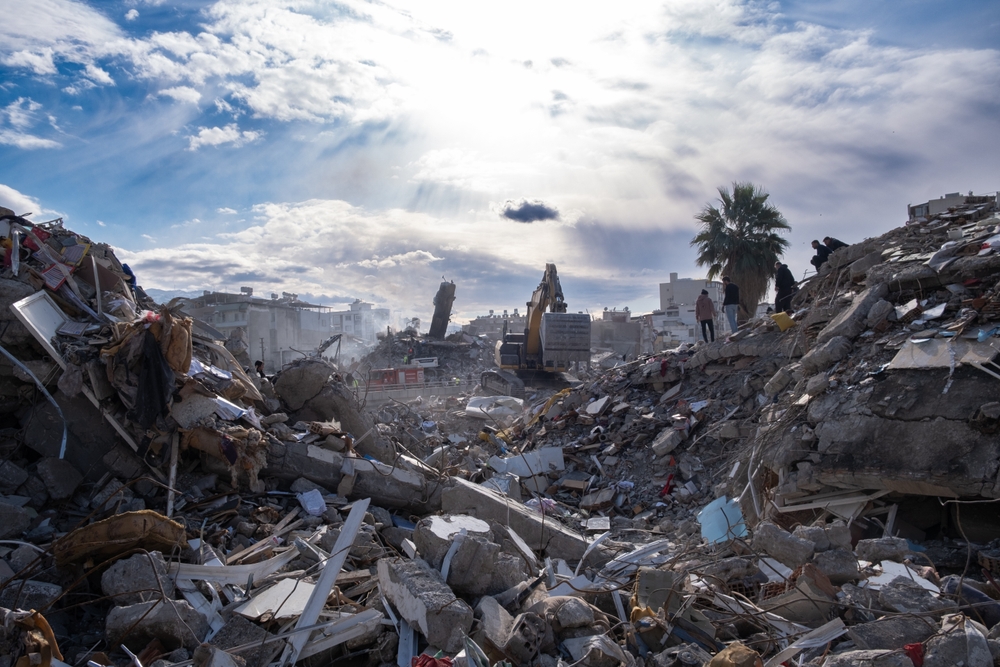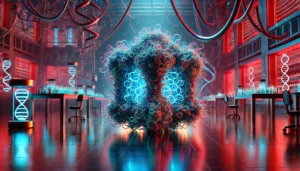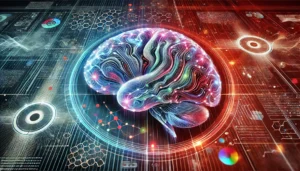Machine learning (ML) is paving the way for groundbreaking improvements in earthquake forecasting, including both primary quakes and aftershocks.
Three recent novel papers have harnessed deep learning models, which, in preliminary findings, outshine the conventional statistical methods in predicting earthquakes.
Although these studies are relatively specific – primarily predicting aftershocks post a major seismic event – they signify a leap in predictive earthquake forecasting.
Morgan Page, a seismologist from the US Geological Survey (USGS) in Pasadena, California, expressed her enthusiasm about progress, stating, “I’m really excited that this is finally happening.”
However, it’s essential to demystify what earthquake forecasts entail. They aren’t about pinpointing a seismic event’s exact time or place. The long-held idea of predicting a quake’s magnitude, location, and time – akin to saying “next Sunday at 8 a.m.” – isn’t realistic.
Rather, with the help of statistical analyses, seismologists are now better equipped to gauge broader patterns, including estimating potential aftershocks.
Deep learning thrives on massive data sets, predicting subsequent quakes based on historical earthquake data.
However, it hasn’t been a straightforward journey, as major earthquakes are relatively rare and the data sparse.
About the papers
Three recent studies highlight AI’s potential in predicting earthquakes:
- Geophysicist Kelian Dascher-Cousineau and a team from UC Berkeley: Designed a model tested on southern California’s quakes between 2008 and 2021. Their model surpassed the traditional one in predicting the number and magnitude range of quakes over two weeks.
- Statistician Samuel Stockman from the University of Bristol: Stockman’s method, when trained on the earthquake data from central Italy during 2016-17, showcased superior performance over conventional methods.
- Physicist Yohai Bar-Sinai and a team from Tel Aviv University: Developed another neural network model that outperformed the conventional model when tested on three decades’ worth of Japanese earthquake data. Bar-Sinai believes this could lead to a deeper understanding of earthquake mechanics.
The USGS and similar entities will soon adopt machine learning models alongside traditional ones.
However, regardless of the predictive accuracy, it remains paramount to prepare for quakes, ensuring buildings meet safety standards and emergency kits are always ready.
Advancements in AI are supporting environmental and conservational strategies, including protecting the Amazon rainforest and enhancing tsunami warning systems.





